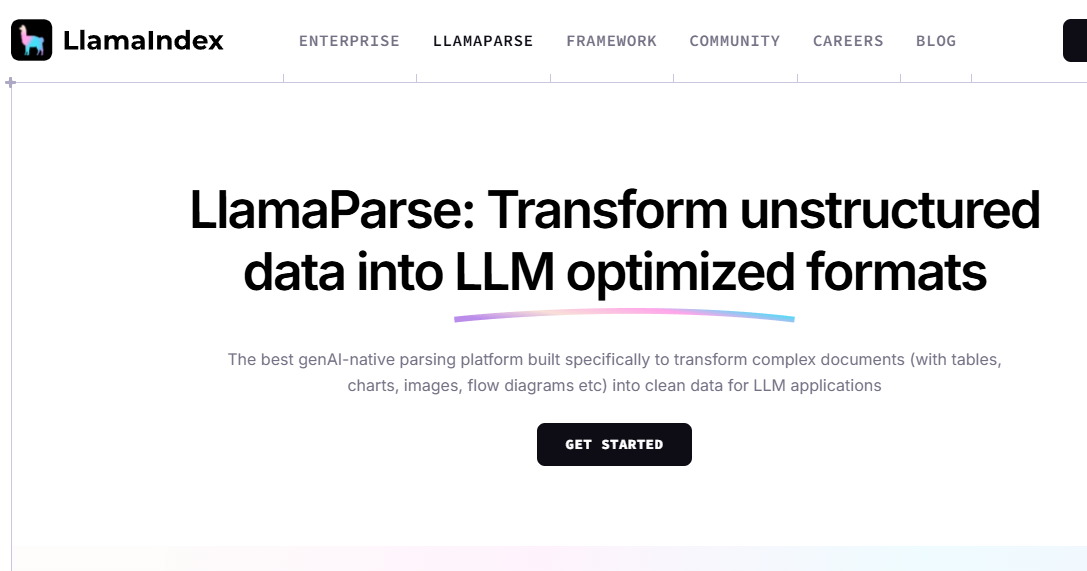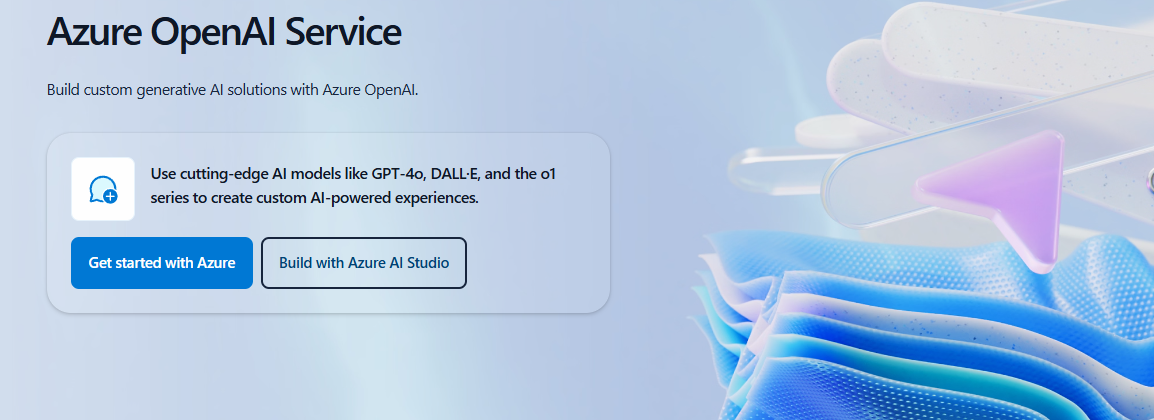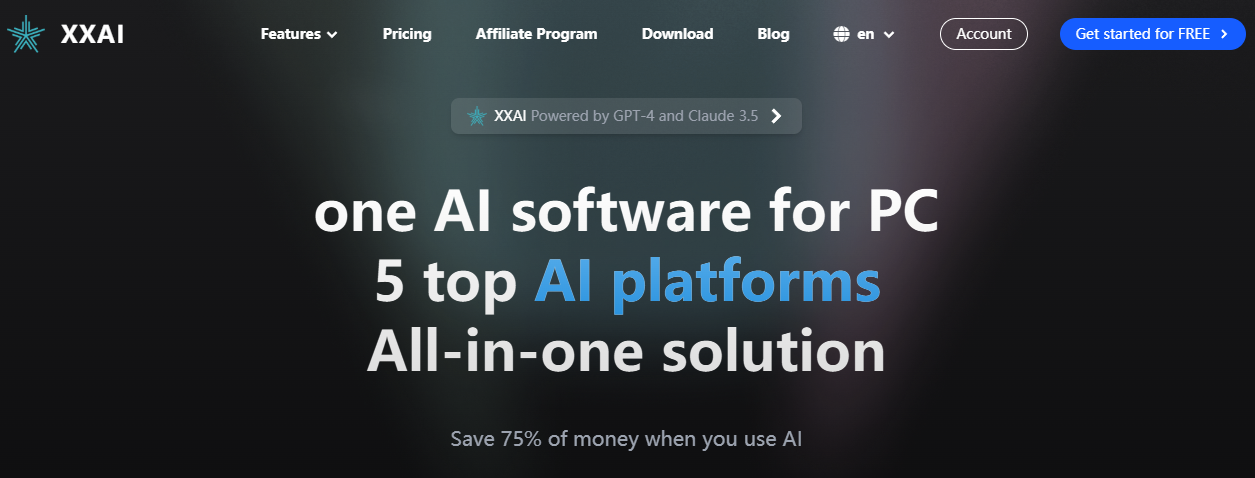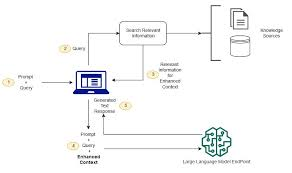Microsoft Integrates GPT4o with LlamaParse to Enhance Retrieval Augmented Generation (RAG) Workflow


In order to enhance the extraction of unstructured data and parse multimodal documents while seamlessly connecting to the Azure AI Search vector database, Microsoft is making a revolutionary integration of the advanced GPT4o models from Azure OpenAI with LlamaParse Premium to build a complete retrievalaugmented generation (RAG) workflow.
What is LlamaParse?

Microsoft LlamaParse is a tool specifically designed for generative artificial intelligence (GenAI). Its main function is to parse and clean various documents to ensure good data quality before passing this data to larger language models (LLMs).
LlamaParse combines heuristic techniques and machine learning to extract relevant data points from text paragraphs or hidden in tables.
LlamaParse has the following prominent features:
Markdown output: Converts extracted information into an easily readable text format.
LaTeX support: Ideal for academic or technical documents requiring mathematical symbols.
High accuracy: Leverages AI to minimize human errors in data extraction tasks.
New Azure OpenAI Endpoint

Azure AI Search serves as the backbone for managing and embedding this processed data.
How it works:
- Parse data: Use LlamaParse to convert unstructured data into structured formats.
- Embed: Send structured data to the vector storage of Azure AI Search for efficient querying.
- Retrieve: Implement advanced techniques like semantic reranking to ensure users receive the most relevant search results.
After this integration, users of Microsoft LlamaParse can call upon Azure OpenAI’s GPT4o series models to extract unstructured data and perform document conversion. This integration maximizes the strengths of both parties: LlamaParse is responsible for efficient parsing, while Azure OpenAI provides robust language model capabilities, ultimately achieving more accurate and intelligent document processing.
What does the integration of GPT4o and LlamaParse mean for AI workflows?
This integration brings together two powerful tools: LlamaParse Premium and Azure AI Search.
LlamaParse is widely praised for its powerful document parsing capabilities, able to extract and construct data from various complex documents, from PDFs to Excel files. It employs advanced multimodal models that can handle not just text but also interpret visual content like charts and diagrams. This means whether you are extracting insights from detailed reports or analyzing marketing performance graphs, LlamaParse can support you.
Similar to XXAI tools that consolidate 13 popular AI models into one platform, providing integrated solutions to users. Users can seamlessly switch while using it, whether it’s text processing or image generation, it can support you!

Building a Complete RAG Workflow

LlamaParse connects directly to Azure OpenAI's GPT4o and GPT4omini models. With the multimodal support of Azure OpenAI, users can leverage LlamaCloud, Azure AI Search, and Azure OpenAI to build a complete RAG workflow.
Let's look at the specific steps:
Parsing and Enrichment: Use LlamaParse Premium and Azure OpenAI for advanced document extraction, generating LLMoptimized outputs in various formats such as Markdown, LaTeX, and Mermaid charts.
Chunking and Embedding: Use Azure AI Search as vector storage, utilizing embedding models in the Azure AI model catalog to chunk, embed, and index the parsed content.
Searching and Generating: Utilize Azure AI Search's query rewriting and semantic reranking capabilities to enhance retrieval quality. Ultimately, orchestrate Azure AI Search and Azure OpenAI through Llamaindex to build generative AI applications.
Enterpriselevel Security and Compliance

For Microsoft, security is paramount, especially when handling sensitive enterprise data. These tools operate under Azure’s high transmission and static data encryption standards, complying with regulations like GDPR and HIPAA.
Additionally, these AI tools offer flexibility, allowing developers to choose custom settings to tailor them to the needs of their organization. Thus, this tool is suitable for sensitive workloads without concerns about security issues.